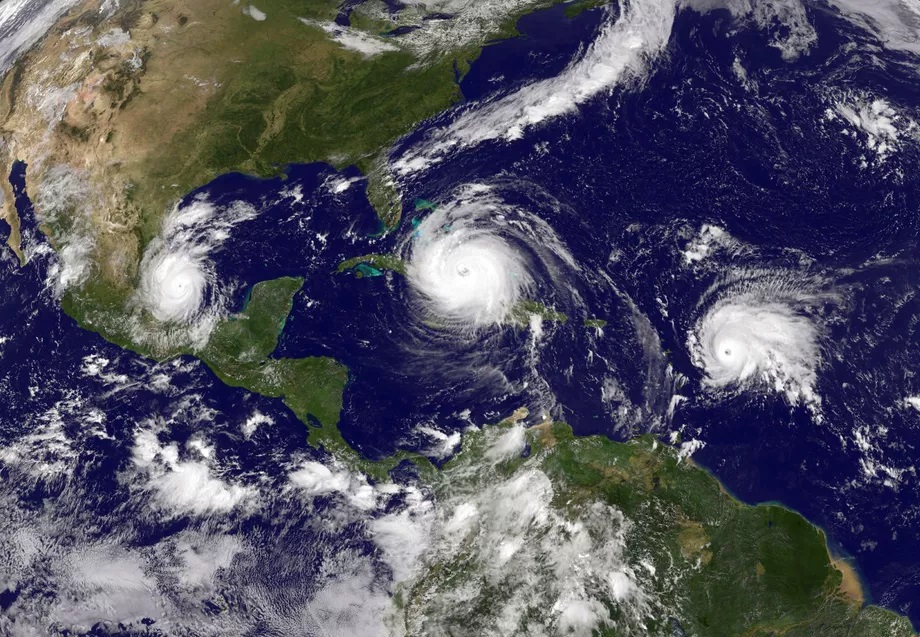Climate science
-

By some measures, today is the day on which a named tropical storm is most likely to occur. Does that make it the peak of hurricane season? According to a recent blog post by Brian McNoldy, a Senior Research Associate at University of Miami’s Rosenstiel School of Marine and Atmospheric Science, it’s not quite so…
-

As you know if you read this blog, the chance of going back into a La Nina later this year from our present neutral conditions is very high. Last year was also a La Nina winter, and while we expected it to be warmer than normal based on long-term statistics, it was the one out…
-

August 26, 2021 | 3:00 pm EDT Florida BRACE announced a webinar this week that you might find of interest. Presented by Jake Carstens, Ph.D. candidate in the Department of Earth, Ocean, and Atmospheric Science, Florida State University. Tropical cyclones frequently impact Florida, and recent hurricanes have included Irma (2017), Michael (2018), and Sally (2020).…
-

Do you like to listen to podcasts or online audio programs when you work or play? I am not a big user of podcasts, but I know many people who do. Here are a couple that I have listened to lately that you might enjoy. How Does Climate Change Impact Summer Weather? Features Dr. Chip…
-

In addition to my frequent posts on this blog (over 6,000 since it started in 2014!), I also post once a month on The Garden Professors blog, which tackles questions about the science of gardening. Most of the articles (written by better plant scientists than me) are about mulching with arborist chips and whether using…
-

I frequently hear people who don’t know much about meteorology comment on weather-related phenomena and get things wrong. Dr. Shepherd of UGA’s Atmospheric Sciences also hears these kinds of comments and wrote up his 2021 list of the top ten weather and climate misconceptions. You can read them at Forbes here.
-

Earlier this week the EarthSky blog posted a good introduction to sea level rise, including what causes it and how much we are likely to see in the future. It also includes a good video on sea level rise basics from NASA Earth Observatory. You might be interested in learning more about this, especially if…